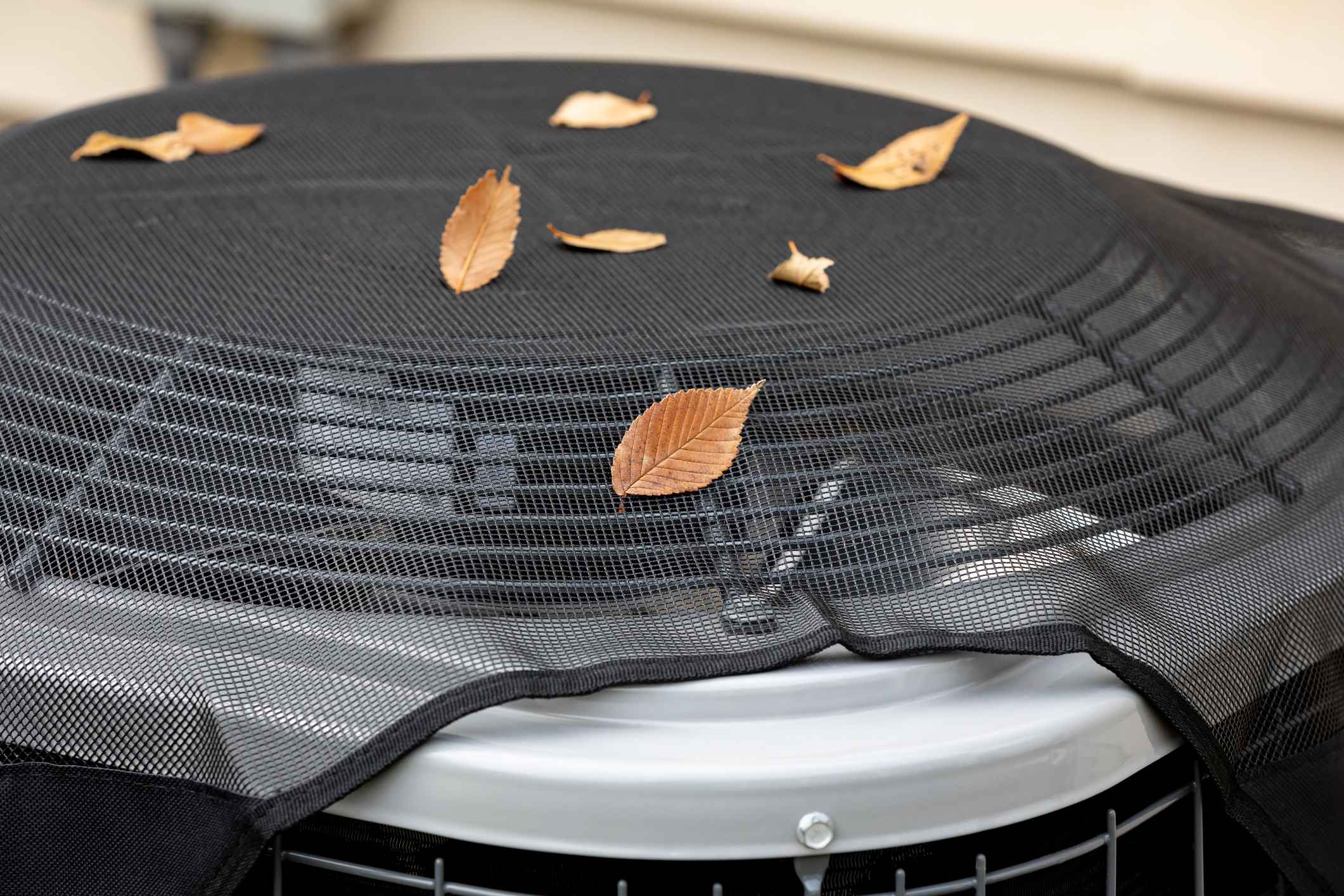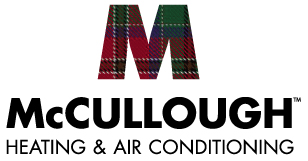4.8 Google Rating

How Energy Costs Impact Your Household’s Bottom Line
Energy costs are an essential part of every household’s budget, especially in areas like Austin, where climate control is a necessity year-round. Rising utility rates, fluctuations in energy supply, and the ever-increasing demand for cooling and heating can make energy costs a significant burden for homeowners. Understanding how these costs impact your bottom line is the first step toward managing them effectively. Here’s how energy costs affect household finances and practical steps you can take to minimize these expenses.
1. The Link Between Energy Costs and Household Budgets
Energy expenses represent a major part of monthly costs for most households, often ranking just below mortgage or rent payments. With the hot summers in Austin, cooling costs make up a substantial portion of the energy bill, and during winter, heating costs can also rise, especially for homes without energy-efficient systems. Energy costs are not just a seasonal concern; they impact households year-round. When monthly bills spike due to increased usage, it can put strain on other areas of the budget, making it essential to look for ways to control these costs.
The cost of energy is influenced by a range of factors, including the price of natural gas and electricity, infrastructure maintenance, and even extreme weather events. For instance, summer heatwaves can cause energy demand to skyrocket, leading to increased rates. By understanding these factors, homeowners can better anticipate fluctuations and implement strategies to manage their energy usage effectively.
2. The Role of HVAC Systems in Energy Costs
Heating, ventilation, and air conditioning (HVAC) systems are one of the primary drivers of household energy costs. In fact, in most households, HVAC systems account for nearly half of total energy expenses. Older or inefficient systems are often the biggest culprits when it comes to high energy bills, as they require more energy to achieve the desired temperature. Even relatively modern systems can become less efficient over time if they are not maintained properly.
For Austin homeowners, efficient cooling is essential during the long summer months, and a system’s energy efficiency can greatly impact monthly costs. Systems with a low SEER (Seasonal Energy Efficiency Ratio) rating tend to consume more energy, leading to higher bills. Upgrading to a high-efficiency system or adding smart thermostats can help homeowners reduce these costs. Additionally, routine maintenance, such as cleaning or replacing filters, checking refrigerant levels, and inspecting ducts for leaks, is critical in maintaining system efficiency.
3. Understanding Seasonal Energy Use Patterns
Energy costs are not static—they vary significantly with the seasons. In areas with extreme temperatures, seasonal changes can lead to spikes in energy usage. In Austin, cooling costs surge in the summer as air conditioners work harder to keep homes comfortable. However, mild winters mean that heating costs may be lower than in colder regions. Homeowners can benefit by monitoring their energy consumption patterns to identify times when they can reduce usage or shift to off-peak hours when energy is often cheaper.
One effective strategy for managing seasonal costs is using a programmable or smart thermostat. These devices allow homeowners to set schedules that adjust the temperature during times when the house is empty or at night when lower temperatures are more tolerable. For instance, setting the thermostat a few degrees higher during the day in the summer can result in noticeable savings on the monthly energy bill.
4. The Financial Impact of High Energy Costs Over Time
High energy costs do more than just increase monthly bills; they can affect long-term financial health. Consistently high utility bills can reduce a household’s disposable income, limiting funds available for savings, investments, and other essential needs. Over time, excessive energy expenses can even affect property values. Homes with energy-efficient systems and features tend to have higher resale values, while properties with outdated or inefficient HVAC systems may require costly upgrades to appeal to potential buyers.
Additionally, high energy costs can discourage necessary home improvements or replacements. Homeowners who spend a significant portion of their budget on energy may delay system upgrades or maintenance, leading to higher costs in the future due to wear and tear or breakdowns. By managing energy costs now, homeowners can set themselves up for future financial stability and increase the long-term value of their property.
5. Practical Tips for Reducing Energy Costs
The good news is that there are several ways to reduce energy costs and improve household energy efficiency. Here are some effective strategies:
- Upgrade to an Energy-Efficient HVAC System: Replacing an old, inefficient system with a high-efficiency model can lead to significant savings. Modern systems with higher SEER ratings use less energy to cool and heat homes, resulting in lower monthly bills.
- Invest in Smart Technology: Smart thermostats and energy monitoring systems help optimize energy usage by allowing homeowners to adjust settings based on occupancy, temperature, and time of day. Many smart thermostats can even learn your preferences over time, automatically adjusting settings to save energy without compromising comfort.
- Seal Ducts and Insulate: Leaky ductwork and poor insulation allow conditioned air to escape, forcing the HVAC system to work harder. By sealing ducts and adding insulation, homeowners can reduce energy waste and enjoy more consistent indoor temperatures.
- Regular Maintenance: Simple tasks like changing filters every 1-3 months, checking for leaks, and scheduling annual tune-ups can keep HVAC systems running efficiently. Regular maintenance also extends the life of the equipment, saving on repair and replacement costs in the long run.
6. Exploring Rebates and Incentives
In many regions, utility companies and government agencies offer rebates and incentives to encourage energy efficiency upgrades. These programs can provide financial assistance or tax benefits for installing high-efficiency HVAC systems, smart thermostats, and energy-saving appliances. Austin Energy, for example, offers incentives for homeowners who invest in energy-efficient HVAC systems and home improvements. Taking advantage of these programs can reduce upfront costs and make energy-efficient upgrades more affordable.
By reducing energy consumption, homeowners can enjoy long-term savings and a lower environmental impact. Additionally, participating in incentive programs can improve your home’s energy efficiency rating, which may add value to the property if you plan to sell in the future.
7. The Long-Term Benefits of Energy Efficiency
Investing in energy efficiency pays off in more ways than one. Beyond the immediate savings on monthly bills, efficient systems reduce the strain on power grids, helping to create a more sustainable energy future. For homeowners, these upgrades lead to a more comfortable and consistently temperate indoor environment, free from the temperature fluctuations that inefficient systems often cause.
Energy-efficient homes also have a smaller environmental footprint, as they consume less power and reduce carbon emissions. For Austin residents looking to decrease their impact on the environment, energy-efficient upgrades are an effective way to contribute to a greener future.
Conclusion: Manage Your Energy Costs with McCullough Heating & Air Conditioning
Understanding how energy costs impact your household’s bottom line is the first step toward financial stability and improved comfort. With energy-efficient solutions, regular HVAC maintenance, and smart technology, you can take control of your energy expenses and reduce your monthly bills. McCullough Heating & Air Conditioning is here to help you achieve energy efficiency in your Austin home with expert guidance and reliable HVAC services. Contact us today to schedule an energy assessment or learn about our high-efficiency HVAC options.
Recent News

What Makes McCullough Heating & Air Conditioning the Right Choice for Austin Heating Needs

Why Texas Homeowners Are Upgrading to Heat Pumps in 2026: Efficiency & Tax Credit Insights
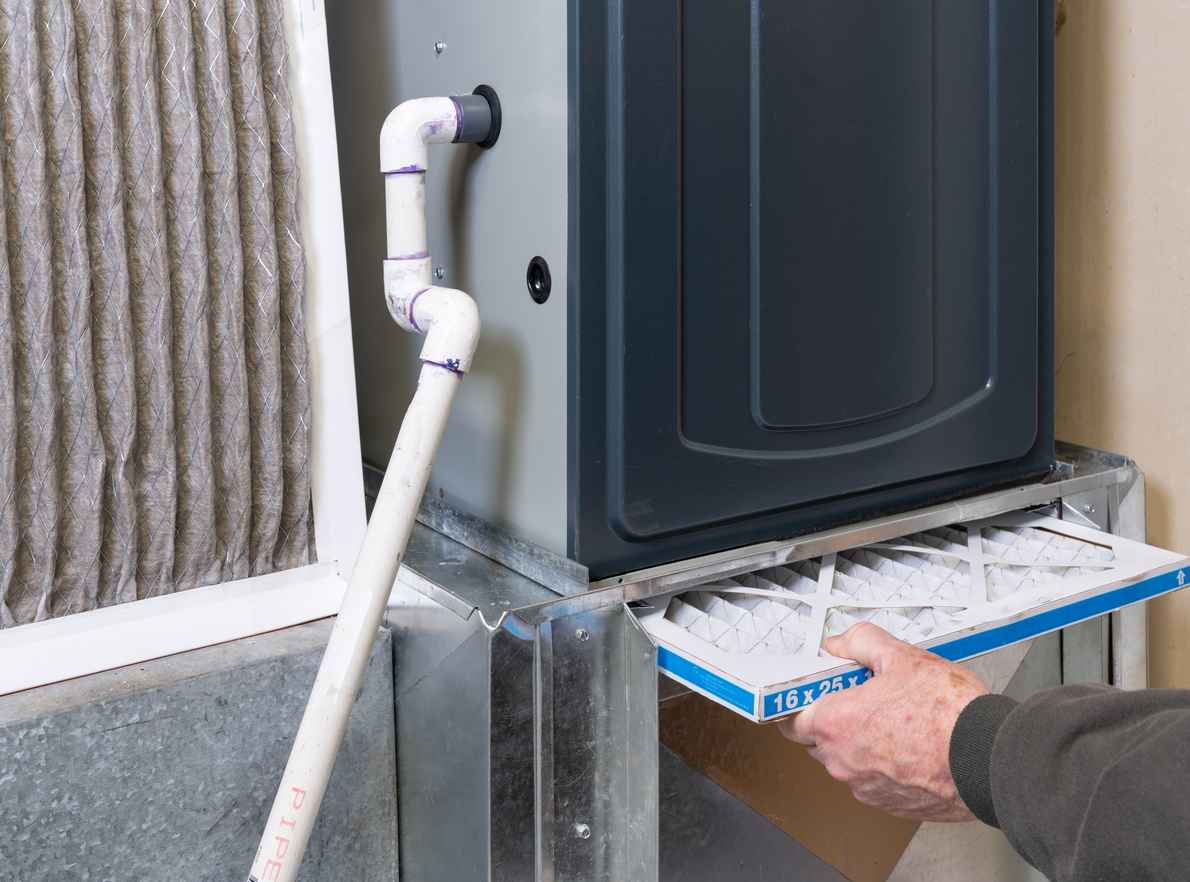
Is Your Furnace Ready for a Central Texas Winter? Austin Homeowners Should Check This First

Don’t Get Spooked by Strange HVAC Noises This Halloween: Austin’s Guide to a Fright-Free, Cozy Home
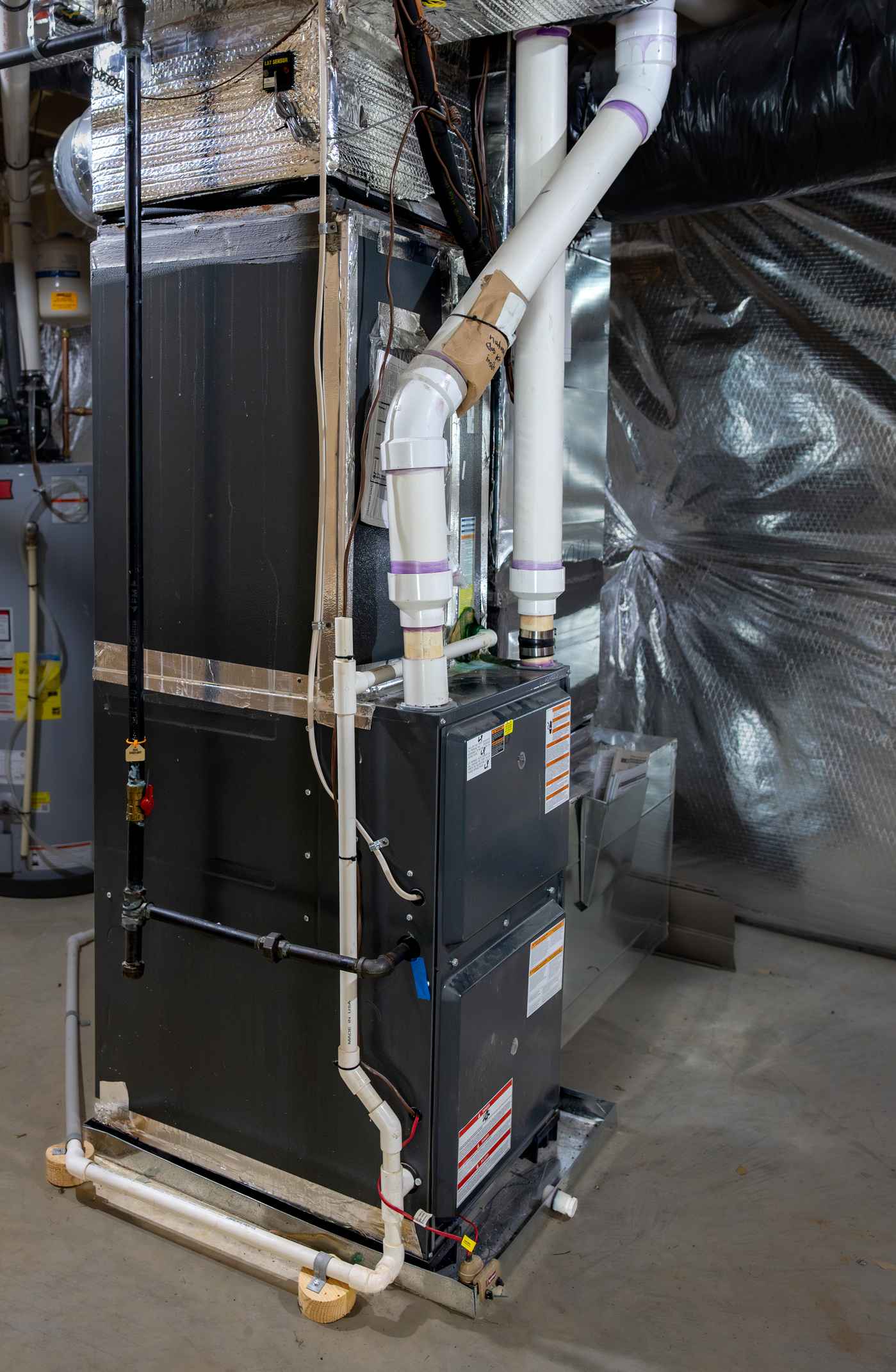
Preparing Your Austin Home for the Switch from AC to Heat
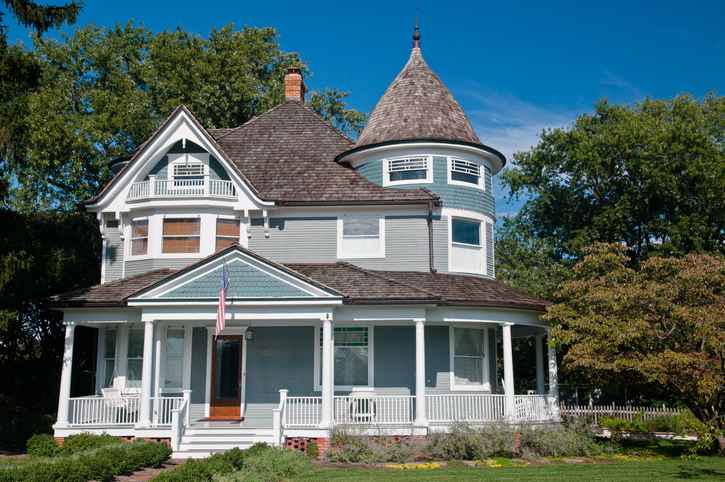
Why Austin’s Older Homes Need Special Attention When It Comes to HVAC Efficiency
